Reviews
Startling Public Installation Critiques Britain’s Imperial History
Much like Boris Johnson’s entire career, this enterprise is not the jolly jape it appears on the surface.
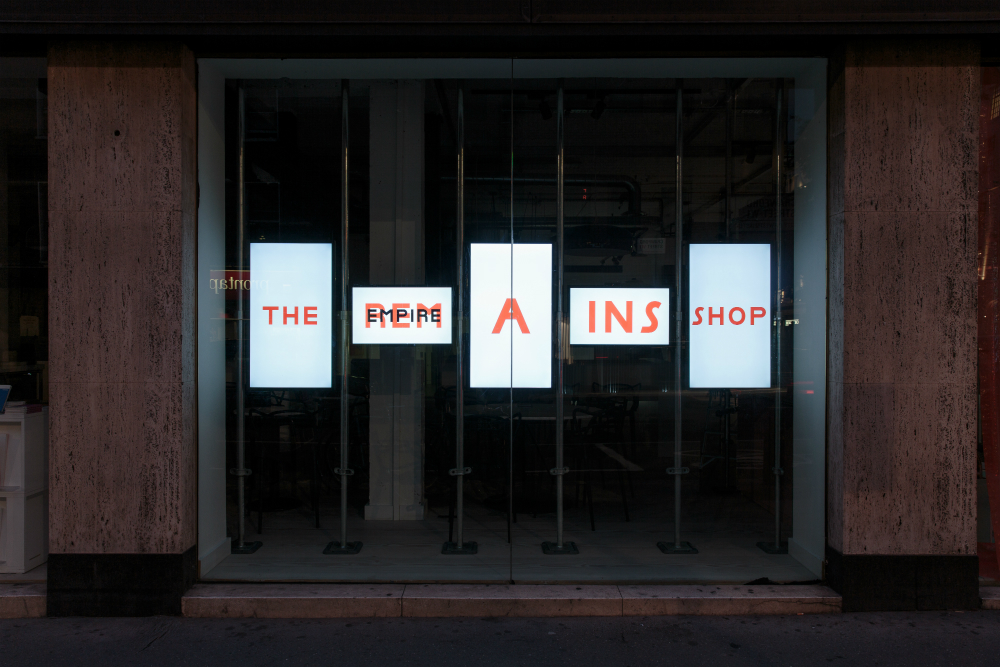
Much like Boris Johnson’s entire career, this enterprise is not the jolly jape it appears on the surface.

Hettie Judah

There are curious goings-on in London’s Baker Street. Behind a shopfront displaying tampered real estate photos, two bearded young men offer a consultancy service on devaluing your property. From corner windows two stories up, a neon sign exhorts us to “Buy The Rumor / Sell The News.” A public phone box, more commonly decorated with cards offering “Strict Discipline” and “VIP Services,” carries an A4 sheet peddling investment in rare owl futures.
Welcome to The Empire Remains Shop, a public installation in the form of a mutant (and mutating) pop-up shop courtesy of Cooking Sections (artists Alon Schwabe and Daniel Fernández Pascual) and a large cast of fellow travelers. Inspired by the Empire Marketing Board, founded in 1926 to influence British consumer behavior by promoting such fruits of empire as Zanzibar cloves and West Indian Rum, 90 years later, The Empire Remains Shop picks through the lingering traces of imperial history in the contemporary marketplace.
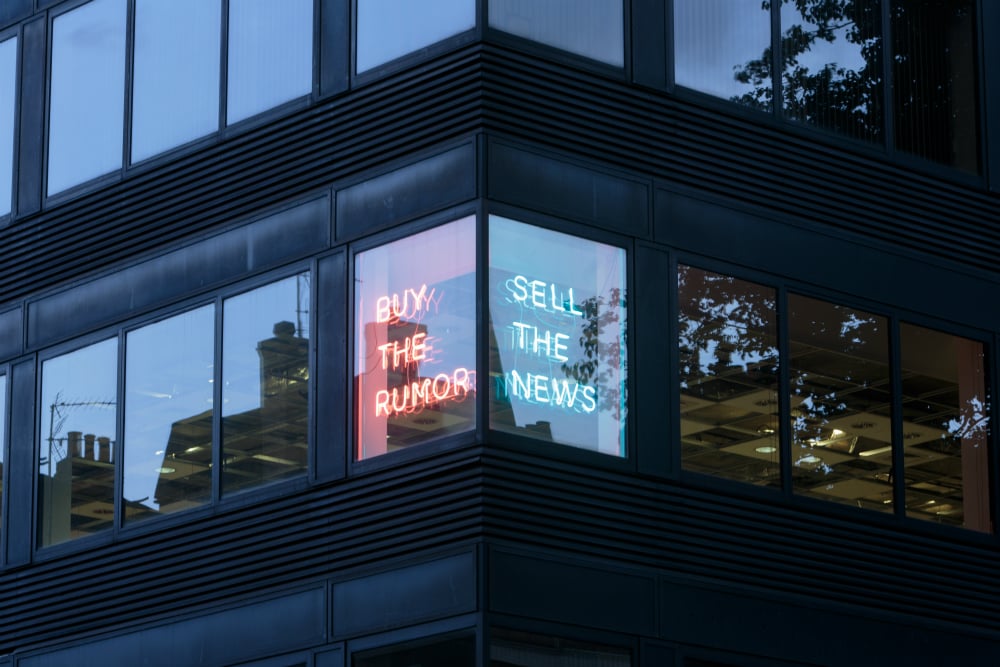
The Empire Remains Shop, Speculation Asunción Molinos Hunger A Man Made Object (2016).Photo Tim Bowditch
There’s free ice cream, and, on some days, rum punch (more on which later), but much like Boris Johnson’s entire career, this enterprise is not the jolly jape it appears on the surface. Two not entirely unrelated political themes lend serious salt to the mix. Firstly: the production of foodstuffs and other commodities on an industrial scale, and their coincidental environmental, social, and geopolitical impact. Secondly: the role played by the ghost of Empire in the run up to Brexit (via which a substantial tranche of the British population sought a return to those glory days as a world power by rejecting the proliferation of “immigrants” without drawing a causal line between the Empire and its legacy).
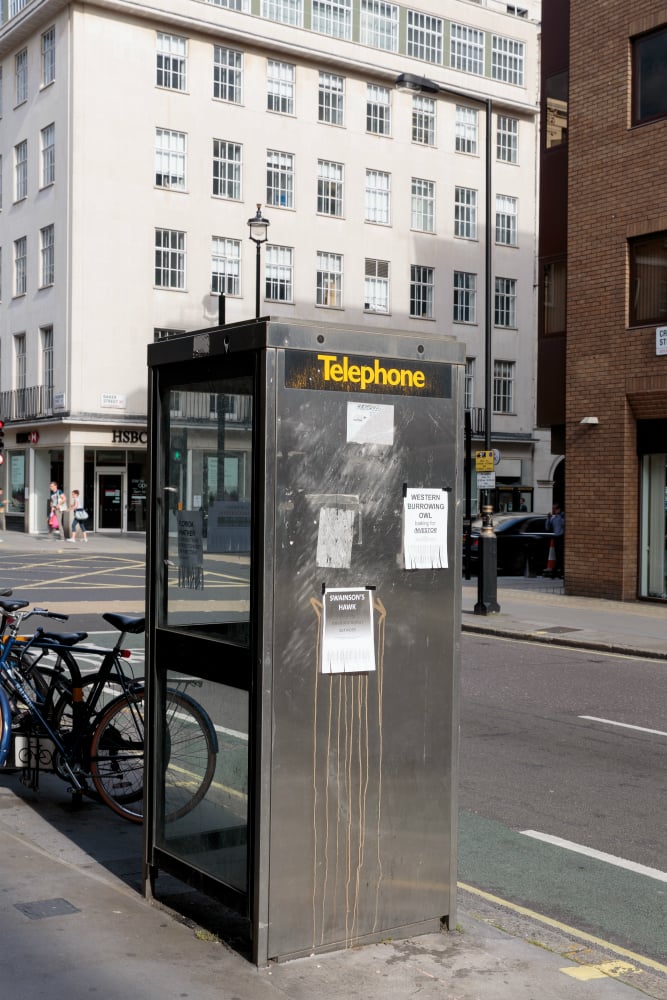
The Empire Remains Shop Speculations On Disappearance Cooking Sections (2016). Photo Tim Bowditch
The Empire Marketing Board is a long-term interest of Cooking Sections’: they boiled up an Empire Remains Christmas Pudding as long as three years ago, so the urgency lent to their project by the current political climate is a bittersweet boon. All credit to them for sensing the way things were blowing. One of the projects here, The Next “Invasive” is “Native”—launched during Glasgow International back in April—offers ice creams flavored with variously invasive plant species as a conversation opener for discussion of the language surrounding national identity in the UK.
Back in Glasgow, the focus of The Next “Invasive” is “Native” was the city’s historic treatment of its Italian community, which to this day is associated with ice cream. For The Empire Remains, the project expands into a series of intimate performance lectures by the artists in which they focus on Japanese Knotweed: a near-ineradicable species inventively demonized by Britain’s property-price-obsessed tabloid press.
First charting the species’ proliferation and the manner in which it traced the spread of urban populations across the damaged soil of ex-industrial districts, they start to question the weighting of the term “native”, and how the vilification of knotweed is linguistically echoed in the discourse surrounding immigration. Knotweed’s reputation for damaging property prices has created a parallel industry of firms offering to eradicate it, and an iconography every bit as manipulated and fictitious as the 18th century botanical illustrations that showed plants sprouting, flowering, fruiting, and withering in sequence along one stem.
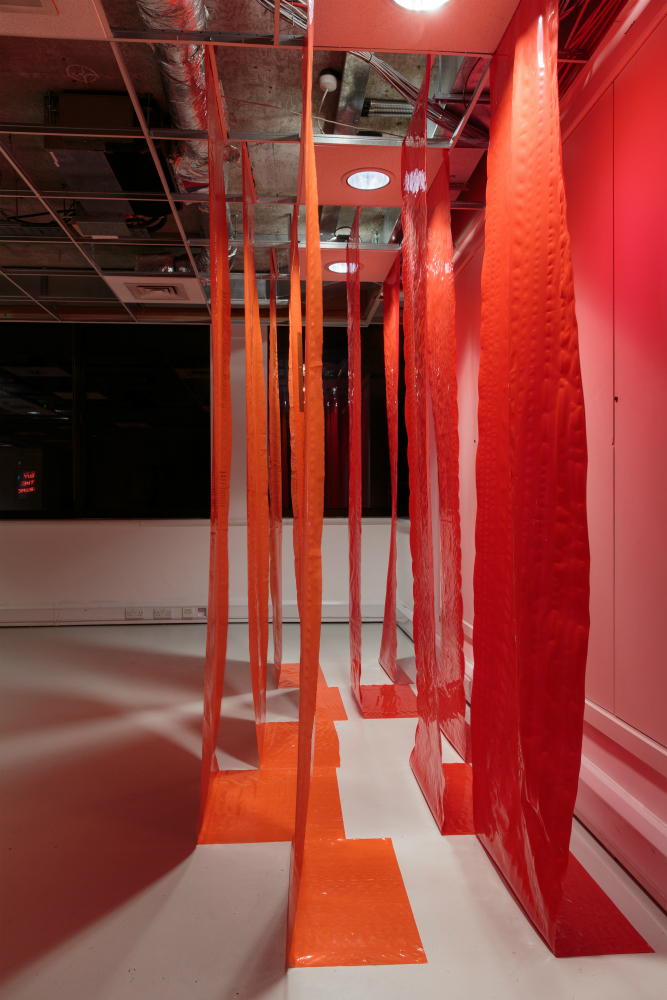
The Empire Remains Shop (2016) Installation View. Photo Tim Bowditch
The long-term environmental impact of Empire is felt in works focused on the sinkholes appearing in the desert around the Dead Sea and overproliferation of the plant Lantana camara in rural India. Under The Sea There Is A Hole (Cooking Sections, 2015) shows the sinkholes as shapes carved into suspended tabletops used for meals and other events in the gallery. Their imperial connection comes courtesy the global fertilizer industry and the ongoing extraction of potash from the Dead Sea since the time of the British Mandate.
The source of The Forest Does Not Employ Me Anymore (Forager Collective and Cooking Sections, 2016) is a workshop in the Malé Mahadeshwara Reserve Forest of Karnataka promoting the use of Lantana—brought from the Americas to Europe by the Dutch, and thence to India by the East India Company—as a superabundant craft material. The Forest makes its way into the exhibition as a series of stools, which, like the suspended sinkhole tabletops, play an active role, this being an installation driven by human interaction and the exchange of knowledge and ideas rather than the mere exhibition of them.
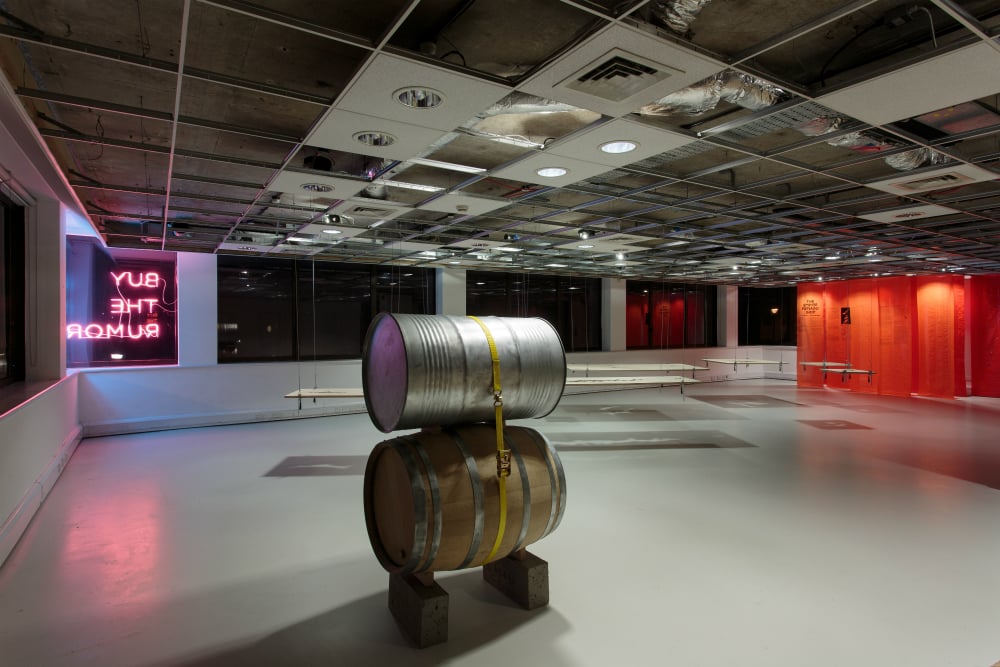
The Empire Remains Shop (2016) Installation View. Photo Tim Bowditch
The neon sign in the window, courtesy Asunción Molinos, introduces food as a global commodity. Nearby, a simple installation of twinned barrels—one containing rum, the other bioethanol—is linked to a FTSE ticker on the wall. On days when the oil price go down, and it becomes more economically viable to process sugar crops as fuel, the Empire Shop serves rum cocktails. On days when it goes up, and the sugar is more valuable for use in food and drink, they hand out ethanol.
While the original Empire Shops mooted in the 1920s never launched, Britain had plenty of imperially inflected retailers. The most prominent, Home & Colonial, opened in the 1880s on Edgware Road, a few streets east of this show. There is something wonderfully apt in housing this show on Baker Street. Neighboring Edgware Road is now swathed in shisha smoke and exhaust fumes from expensive sportscars: the long-established heart of London’s Middle Eastern community. To the west, Marylebone is a district left ghostly by “overseas investors” accruing valuable properties they’ll never occupy. That Baker Street itself is celebrated for a fiction feels significant for a show that draws so deeply on nuances of language, alternative histories, and the power of storytelling.
For real detective stories on Baker Street, give 221B a wide berth and point your deerstalker at 91-93.
The Empire Remains Shop, produced as part of Delfina Foundation’s “Politics of Food” program, is on view at 91-93 Baker Street, London (entrance from Crawford Street) from August 4–November 6, 2016.